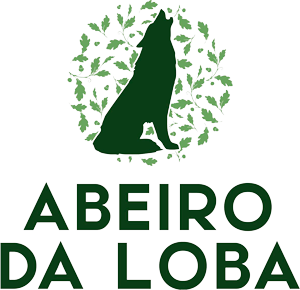The pilgrim’s backpack: small and lightweight
This is likely to be the biggest challenge for the walker, especially if the route will be a week or longer.
Why? Because we tend to tend to “just in case”, and the sums of a few make what seemed like a reasonable weight when we leave home, turn into a nightmare at kilometre 6.
- Weight: Our recommendation is that you try not to exceed 6-7% of your body weight. In most posts you will see around 10%, but our experience tells us that this is crazy.
- Support: You’ll notice a big difference in shoulder and hip chafing if you have grip at the top and bottom.
- You’ll appreciate AirContact or AirZone, especially in summer. This is the name given to the backpacks that separate the backrest from the back.
- Mackintosh: Galicia is green for a reason. You can save yourself some hassle with luggage if you carry a backpack with a waterproof cover or a mackintosh that covers both of you.
Hiking clothing: light and thin
Bring the same things you would bring for a long 2-day trip and use the laundromats or laundry facilities to alternate.
In summer.
In Galicia it does get cooler in the evenings, so it will be good for you:
- Long trousers and sweatshirt for the evenings. Shorts and T-shirt for the route.
- Hat or cap to protect you from the sun.
- If you are sleeping in a hostel and want to save on towel rental, include a mini microfibre towel (quick-drying).
- Two pairs of socks, preferably seamless. Try to wear them without creases to avoid blisters and chafing.
- A couple of changes of underwear.
- Thin mackintosh if the weather forecast is not good.
- Flip-flops or sandals to air your feet. You can also use them in the bathroom if you are going to share it.
In winter:
- Replace shorts and T-shirts with long sleeves.
- Include a thicker rain jacket and/or windbreaker.
- Also take a neckerchief or neck brace instead of a hat.
What to include in a pilgrim’s toiletry bag
In addition to your personal hygiene items (toothbrush, toothpaste, deodorant…) there are a number of items you can’t leave behind.
- Vaseline to smear on your feet before putting on your socks. Especially in the warmer months.
- Blister dressings.
- Ibuprofen cream, sachet or tablet in case of unexpected pain.
- Needle and thread for possible blisters.
- Protective cream in summer.
- If you are sharing a room, earplugs.
- Nail clippers.
- Insect repellent. For us it is not essential, but if you are prone to stings or have any kind of allergy, don’t forget it.
The extras: remove as much as you can
If you are planning to stay in serviced accommodation or a private room, you can save on items such as:
- Towel. You can also resort to renting.
- Mat
- Sleeping bag
- Shampoo and gel
You will still need to include:
- Water bottle with fresh water.
- Mobile phone and charger for emergencies. If you carry it with you in your rucksack, it can also be used as a torch.
- Card and some cash.
- A reflective element if you don’t wear it on your clothing or backpack.
- Identity documentation.
- Pilgrim’s badge. Whether or not you do it for religion, it is a nice souvenir.
- Walking poles… yes or no? In our opinion, if you are not used to using them, they can be more of a nuisance than a help. Although it is true that for people with knee and hip problems they are essential, especially on slopes and unstable sections. If this is your case, we recommend that you practice several weeks in advance to get used to them.
- Snack: It is a good idea to carry small doses of energy for possible low blood pressure or sugar. Don’t overdo it, the stops are an important part of the Camino. Choose what suits you best:
- Banana. It won’t last more than 2 days in your backpack.
- A couple of energy bars.
- A few ounces of chocolate.
- Grapes or dried fruit.
Remember: You are not going to the desert or the jungle. If you need something urgently, you can buy it almost anywhere.

